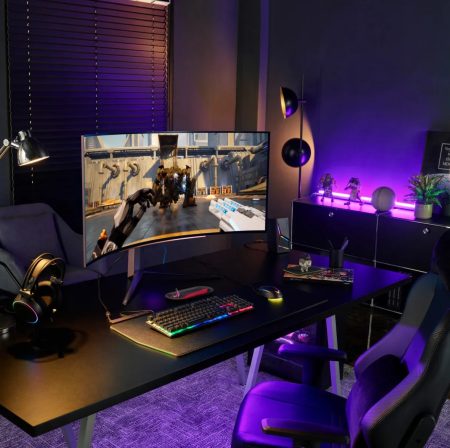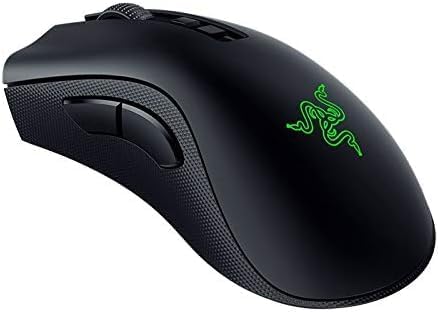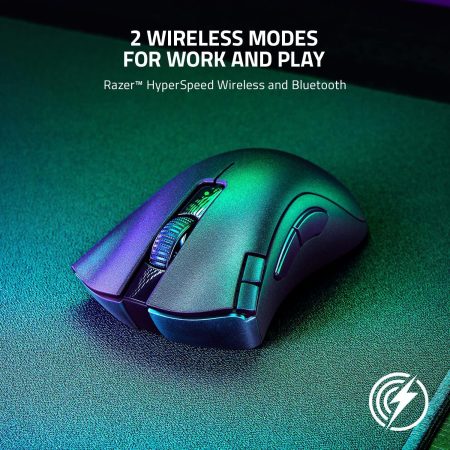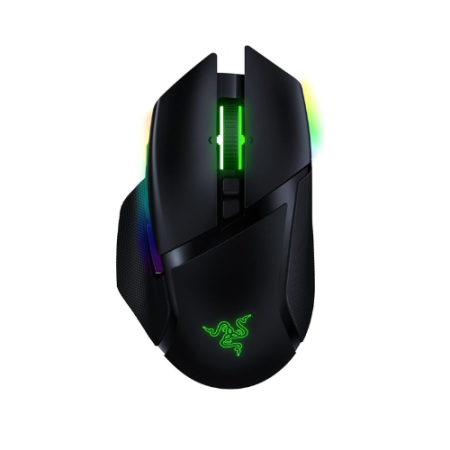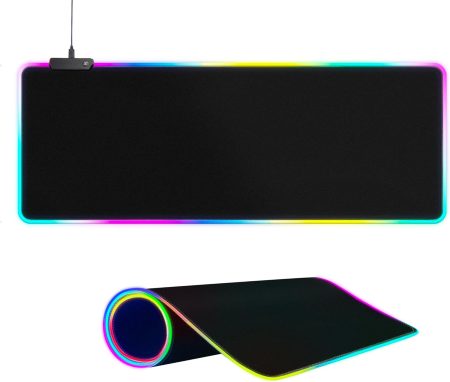Simply put, your computer needs a motherboard. It is the backbone of your device. Furthermore, being a necessary part of the build, it is also hard to replace. Imagine, for a second, how many things you will have to dissemble to replace the motherboard. However, a motherboard can last up to a decade with regular maintenance. This article will discuss all you need to know about the lifespan of a motherboard and how to improve its longevity.
The Lifespan of a Motherboard
Typically, a motherboard lasts up to a decade. However, if you take proper care of the motherboard and regularly maintain it, then it may last up to twenty years without any severe issues. For instance, the old hardware used on the motherboard may become obsolete over time. Hence you will have to upgrade the hardware, but the motherboard will work just fine.
Motherboards tend to last a decade or two because their components have no moving parts. However, the longevity of your motherboard also depends on the manufacturer. If you have a cheap motherboard with low quality, it may expire within five to seven years. Hence, we suggest you invest in a motherboard from a reputable manufacturing company.
Other than that, the motherboard’s lifespan also depends on how frequently you use your computer or PC. For instance, if you rarely use your computer and browse through the internet, your motherboard will likely last a long time. However, your motherboard may break down if you are a hardcore gamer or an avid user. Although, most gamers only update the hardware and replace the motherboard after every ten years or so.
Keep in mind that if you are planning to upgrade the processor or CPU, you will also have to upgrade the motherboard because the older motherboard may not be compatible with the new generation of CPUs or processors.

Factors Affecting the Life of a Motherboard
Several factors can significantly affect the lifespan of a motherboard. Let’s read below to find out more.
• Overheating
Every device generates heat while consuming electricity. Hence, you must install a proper cooling system to prevent the computer from heating up. Inefficient cooling and ventilation systems can cause overheating, which results in damage to the motherboard and other parts of your computer.
Hence, you should arrange for proper ventilation systems to prevent that. Software such as Core Temp or Speccy allows you to keep track of the temperature of your monitor. Ideally, 40° to 60°C is the right temperature for a monitor. Although, if you think your computer heats up quickly, we suggest installing a better cooling system.
• Mishandling
No matter how robust and expensive your computer is, you must understand that the components of a computer, including the motherboard, are quite fragile. They ought to be handled with great care.
Any external physical damage is likely to reduce the efficiency and lifespan of your motherboard. While handling a PC, use great caution and handle it properly. Any loose component can threaten the life of your motherboard. To lessen the rate of accidents, keep your PC in a fixed place and try not to move it around.
• Power Surges
To put it simply, power surges are the worst enemy of your motherboard’s life. Power surges can randomly increase the voltage of your appliances, damaging them. There are many reasons behind power surges, such as electrical overload, faulty wires, and blackouts.
However, if you use a good quality stabiliser, then you may be safe from the damages caused by power surges. It can make or break the life of a motherboard. If your power supply is not adequate for your computer, then it is likely that the motherboard will be affected. Hence, always make sure that you have an excellent quality power supply.
• Humidity
It is an obvious fact that moisture and liquid can kill your devices. For instance, if you end up spilling a drink on your laptop or computer, it can ultimately damage the device. However, a lot of people need to understand the effect of humidity and moisture in the surrounding area of a computer.
Most people rarely consider humidity and moisture as factors affecting a motherboard’s life. If the air is too humid, it may affect the functioning of the cooling system. Over time, the motherboard also absorbs moisture and becomes inefficient.
• Cheap Quality Components
This goes without saying, but if you invest in low-quality components, you will reduce the lifespan of the motherboard. For instance, if you purchase cheap RAM or a poor ventilation system, be ready to say goodbye to your motherboard.
Always invest in excellent quality components for your device. If you are still determining whether an element is compatible with your device, consult a professional. Similarly, the electronics of your device should work well. Regularly check the capacitors, wires, and resistors, so they don’t end up damaging the motherboard.
How to Improve the Life of a Motherboard

Your motherboard tends to disorientate over time, significantly lowering its lifespan. You can do the following to improve your motherboard’s longevity.
• Clean the Motherboard
Keeping the motherboard clean is the best way to extend its lifespan. Regularly dust your PC and CPU. Use a proper ventilation system, and carefully monitor the temperature of your PC. Turn off your processor during power outages and blackouts.
Dust can collect on your motherboard and end up affecting functionality. The buildups of grime can hamper the fan setup as well. Moreover, keeping your motherboard clean is easy. All you need is a can of compressed air or a paintbrush to do the trick.
However, you need to clean it with great caution as you don’t want to damage any component. If you find it hard to clean the motherboard, you can always take it to an expert in your local area.
• Surge Protectors
As we discussed before, power surges can kill your motherboard. Hence, use good quality surge protectors to prevent damage. A surge protector will absorb the excess voltage, and direct the current directly into the earth.
• A Cooling Setup
Excess heat can destroy the life of your motherboard. Hence, invest in good quality fans that can work wonders. Your cooling system will suck up hot air and bring in cool fresh air for regulation. Also, refrain from overclocking as it generates immense heat that can prove fatal to your computer device. On a side note, regularly change the thermal paste after every 3 or 6 months to prevent overheating.
Conclusion
A motherboard can last up to ten years. However, you will need to replace the motherboard when upgrading the CPU or GPU. Although, if your motherboard is at least five years old, it is likely to be compatible with the new generations of CPUs.
Once motherboards fail, they will stop working. Hence, only change the motherboard if it is incompatible with your CPU or has failed.
A few factors can affect the functioning of your motherboard, but if you take care of it and regularly clean it, a motherboard can last up to two decades.









